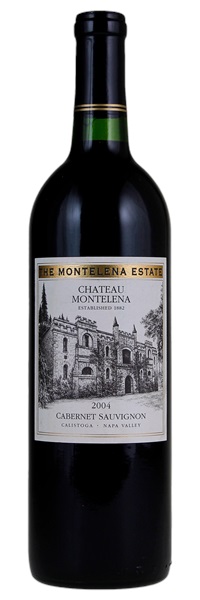Removed from a subterranean, temperature and humidity controlled residential cellar; Purchased at retail

Image above is an example. To view the image of the lot, click the item number.
Estimate
...sweet tannin in a broad, flavorful, concentrated style with plenty of black currant, licorice, and spice...beautifully textured...another beauty from probably the most consistent winery for Cabernet Sauvignon over the last three decades.
Aromas of cassis, licorice, dark chocolate and menthol. Dense, thick and powerful, with a chewy texture and impressive concentration to the plummy fruit.
Intriguing nose of camphor, leafy herbs, toasty oak and deep black fruit. Ripe fruit palate with gentle herbs and pencil lead. Fine balance, substantial tannins and brisk acidity. (LM)